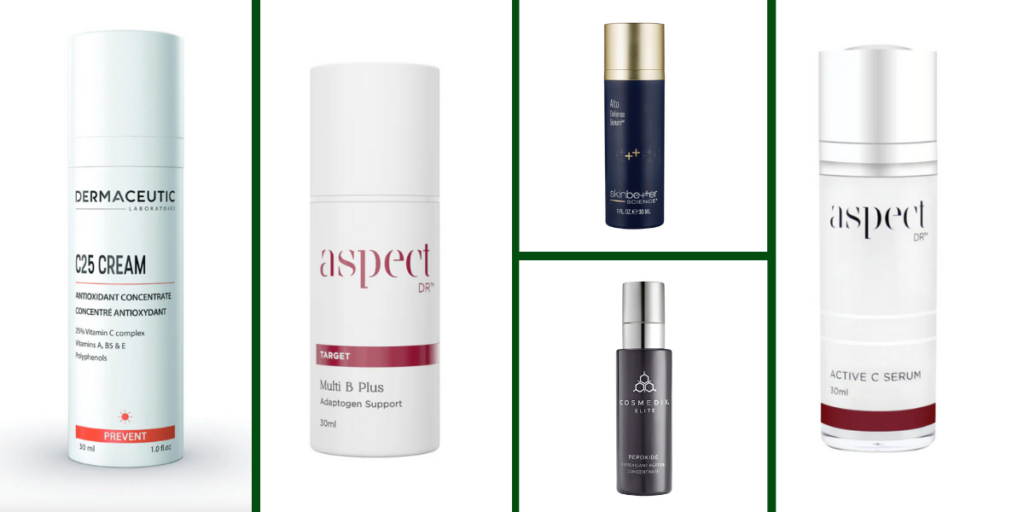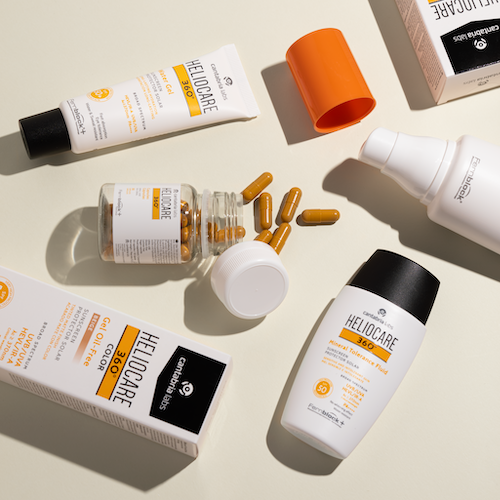We all know that too much sun exposure can lead to sunburn, wrinkles and even skin cancer.
But have you ever wondered what happens to your skin at a deeper level when you are out in the sun? The answer lies in DNA damage caused by ultraviolet (UV)rays from the sun.
Let’s break it down in simple terms so you can understand how the sun can affect your skins DNA and why it’s important to protect yourself.
What is DNA?
DNA ( Deoxyribonucleic acid ) is the instruction manual that contains all the information needed for our bodies to function. It tells our cells how to grow, reproduce and repair themselves. It’s a blue print for building and maintaining our body. Unfortunately it is susceptible to damage and therefore needs to be protected and repaired where possible.
What causes DNA damage?
There are many things in our environment and in our bodies that can damage DNA. Here are a few common causes, but UV is one of the major causes.
UV Light: The sun’s ultraviolet (UV) rays can cause breaks or lesions in the DNA strands, which is why too much sun exposure can lead to skin cancer. The cells have some ability to repair these lesions, but when the damage is too much these mutations are repeated in new cells.
Invisible ultraviolet (UV) radiation from exposure to sunlight has long been linked to skin cancer. This is because even physiologic UV exposure can generate up to 100,000 DNA lesions per cell per day, making UV exposure the most prevalent external source of damage to our DNA, even higher than cigarette smoke.
The wavelengths of UV light fall between those of visible light and gamma radiation and are classified into three subtypes, A, B, and C. Long-wavelength UVA can pierce deep into the dermal layer of the skin, generating reactive oxygen species that can damage DNA indirectly, whereas DNA damage from UV exposure is often linked to UVB, whose photons are directly absorbed by DNA.
Radiation: X Rays and other types of radiation can penetrate cells and cause DNA damage.
Chemicals: Some chemicals like cigarette smoke or pollution can interact with DNA and cause harm.
Normal Cellular activities: Even basic processes like cell division and metabolism can lead to mistakes in the DNA. Sometimes oxygen molecules in our cells can cause small changes, leading to damage.
What happens when DNA is damaged ?
Damaged DNA can block cell replication or transcription, so for survival it has the ability to repair itself by, in basic terms, cutting and replacing part of the damaged strand via apoptosis which is programmed cell death, so the mutation cannot be repeated in a new cell. This is not a fool proof system and mutations do occur and are repeated in the replication of new cells. Changes are made in the genetic code and these mutations can sometimes lead to skin cancer or other diseases if they occur in important genes that control cell growth or function.
Why should we care about DNA damage?
While our bodies are pretty good at repairing DNA, repeated or severe damage can overwhelm our repair systems leading to disease or cancer. That’s why protecting our DNA by limiting exposure to harmful substances like UV is crucial.
When it comes to protecting your skin, sunscreens are critical, but antioxidants are equally important. They help protect your skin against sun damage by neutralising the free radicals (damaging unstable molecules that create oxidative stress and potential cell mutations.) Although your skin cells produces these naturally to defend itself, it can’t always cope with demand put on it from repeated or long term exposure. Vitamin A,B, C and many other antioxidants need to be applied to the exposed skin to maintain good skin cell health.


Most people are aware that sunscreen is necessary to help protect the skin, but not all sunscreens are equal in their efficacy. They may have the same SPF rating and still not give you an equal level of protection
- All sunscreens need applying regularly, after 2 hours efficacy drops dramatically.
- Apply liberally for good coverage – you should have enough product that you have to work it into the skin.
- Cover up as much as you can – this is the best form of protection: wide brimmed hats, long sleeves and high necks
- Apply antioxidants to the exposed areas morning and night.





